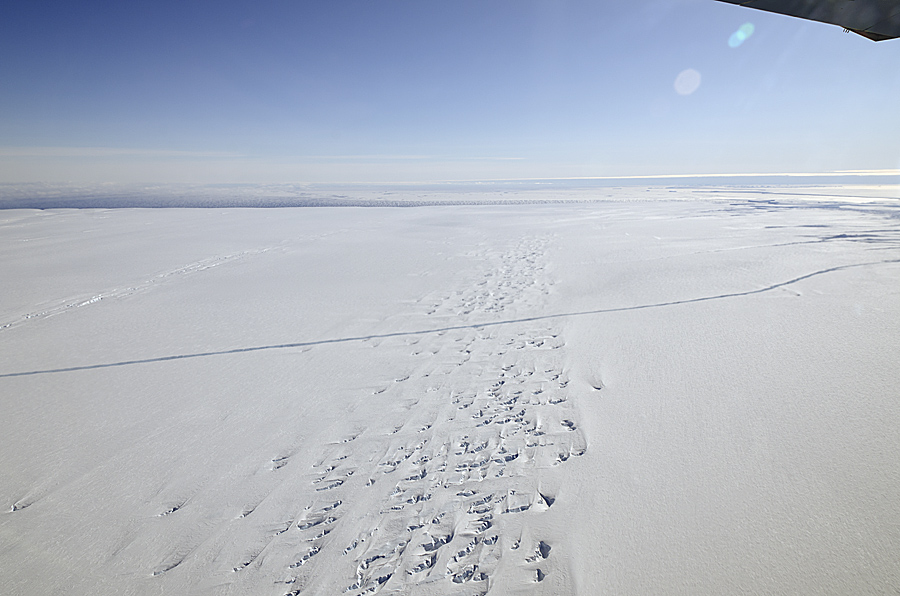Expedition 29 crew members Anton Shkaplerov, Anatoly Ivanishin and Dan Burbank are on their way to the International Space Station. The Soyuz TMA-22 spacecraft carrying the new trio launched from Baikonur Cosmodrome, Kazakhstan, at 11:14 p.m. EST Sunday, Nov. 13.
The Soyuz TMA-22 will dock to the Poisk mini-research module at 12:33 a.m. Wednesday. Expedition 29 Commander Mike Fossum and Flight Engineers Satoshi Furukawa and Sergei Volkov will welcome their new crewmates a little while later when they open the hatches about 2:55 a.m. Shkaplerov, Ivanishin and Burbank are scheduled to live and work aboard the orbiting laboratory until March.
NASA astronaut and Flight Engineer Dan Burbank is making his third visit to the International Space Station. His previous two visits were both aboard space shuttle Atlantis. He helped prepare the station for its first crew during STS-106 and helped install the P3/P4 truss during STS-115.
Shkaplerov and Ivanishin, both flight engineers, are beginning their first mission as cosmonauts.
Expedition 29 will end when Fossum, Furukawa and Volkov undock from the Rassvet mini-research module inside the Soyuz TMA-02M Nov. 21. The outgoing trio will land in the steppe of Kazakhstan at 9:25 p.m. (8:25 a.m. Baikonur time Nov. 22).
Expedition 30 will officially begin when the Soyuz TMA-02M undocks. Burbank will take over station command in a ceremony scheduled to take place on Nov. 20.
Watch a video of the launch

 NASA began a historic voyage to Mars with the Nov. 26 launch of the Mars Science Laboratory, which carries a car-sized rover named Curiosity. Liftoff from Cape Canaveral Air Force Station aboard an Atlas V rocket occurred at 10:02 a.m. EST (7:02 a.m. PST).
NASA began a historic voyage to Mars with the Nov. 26 launch of the Mars Science Laboratory, which carries a car-sized rover named Curiosity. Liftoff from Cape Canaveral Air Force Station aboard an Atlas V rocket occurred at 10:02 a.m. EST (7:02 a.m. PST). After a series of successful flights over Antarctica and its surrounding waters and sea ice, one of the more interesting things NASA’s Operation IceBridge team has seen this year is a large crack running across the floating ice shelf of Pine Island Glacier. The team observed the crack on the DC-8’s Oct. 14 flight.
After a series of successful flights over Antarctica and its surrounding waters and sea ice, one of the more interesting things NASA’s Operation IceBridge team has seen this year is a large crack running across the floating ice shelf of Pine Island Glacier. The team observed the crack on the DC-8’s Oct. 14 flight. Registration is open for Team America Rocketry Challenge 2012, a national model rocket competition for U.S. students in grades 7-12. Thousands of students compete each year, making TARC the world’s largest model rocket contest. Cash prizes are awarded to the top finishers. Participation is limited to the first 1,000 teams who register by Nov. 30, 2011.
Registration is open for Team America Rocketry Challenge 2012, a national model rocket competition for U.S. students in grades 7-12. Thousands of students compete each year, making TARC the world’s largest model rocket contest. Cash prizes are awarded to the top finishers. Participation is limited to the first 1,000 teams who register by Nov. 30, 2011.